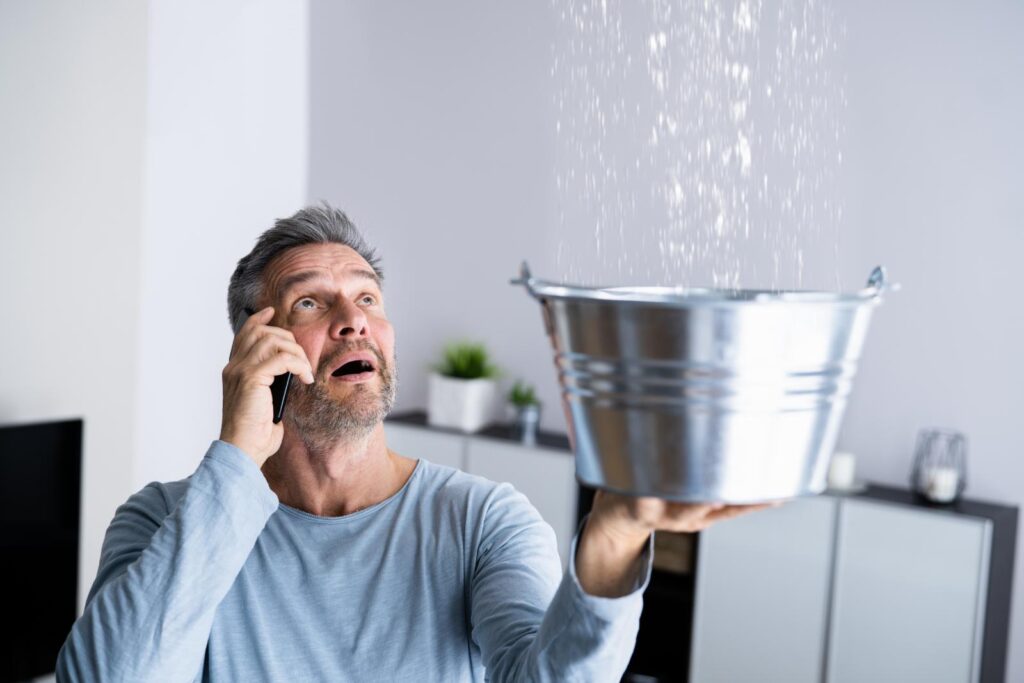
Contents
Water damage can feel like a catastrophic event, but swift action can turn the tide. You need to understand the top emergency restoration techniques to minimize damage effectively. From rapid water extraction methods to advanced cleanup strategies, knowing how to respond can make a significant difference. What essential tools and methods should you consider to guarantee thorough restoration and prevent future issues? Let’s explore these vital techniques.
Key Takeaways
- Immediately shut off the main power supply to avoid electrical hazards during water damage restoration.
- Use submersible pumps for significant water removal and wet/dry vacuums for smaller areas.
- Employ moisture detection tools to find hidden damp spots that need attention.
- Utilize industrial fans and dehumidifiers to ensure thorough drying of affected areas.
- Document all damage for insurance claims and maintain records of repairs and restoration efforts.
Rapid Water Extraction Methods
When you’re faced with water damage, rapid water extraction methods become vital for minimizing harm to your property. If you discover a flooded basement, it’s important to act quickly.
Start by shutting off the main power supply to prevent electrical hazards. Use a submersible pump to remove standing water; this equipment is highly effective for large volumes. For smaller areas, wet/dry vacuums can efficiently extract residual moisture.
Once you’ve removed the bulk of the water, implement moisture detection tools to identify hidden damp spots. These devices will help locate pockets of moisture that could lead to mold growth if left untreated.
Make certain thorough drying with industrial fans and dehumidifiers, as lingering moisture can exacerbate damage. By following these rapid extraction techniques, you not only protect your property but also foster a sense of security within your community, knowing you’re equipped to handle emergencies effectively.
Effective Storm Damage Cleanup Strategies
As storms leave behind a trail of destruction, implementing effective cleanup strategies is essential for restoring your property and ensuring safety.
Start by evaluating the extent of storm debris. Remove large items like fallen branches and shingles immediately to prevent further damage. Use safety gear, as sharp objects may pose risks.
Next, conduct a moisture evaluation throughout your home. Use a moisture meter to identify hidden water pockets, which could lead to mold growth. Pay special attention to walls, ceilings, and floors. If you find excessive moisture, consider professional drying services to expedite the process.
Finally, document the damage for insurance claims. Take photos and keep records of any repairs made.
These steps not only facilitate recovery but also create a sense of community as you share insights with neighbors facing similar challenges. By acting swiftly and effectively, you’ll safeguard your home and promote a secure environment for all.
Advanced Flood Cleanup Techniques
While floodwaters can wreak havoc on your property, employing advanced cleanup techniques can greatly enhance recovery efforts.
Start by evaluating the extent of water damage and prioritizing affected areas. Using advanced drying methods like desiccant dehumidifiers and high-velocity air movers accelerates moisture removal, ensuring your space dries efficiently. These techniques are essential for preventing mold growth and structural damage.
Don’t forget to utilize infrared moisture meters to identify hidden moisture pockets in walls and flooring. This will help you target your drying efforts more effectively.
Additionally, consider applying antimicrobial treatments to surfaces to safeguard against lingering bacteria and odors.
For thorough flood recovery tips, always document your damage for insurance purposes and collaborate with professionals when needed.
24/7 Water Removal Services Overview
After employing advanced flood cleanup techniques, the next step is to understand the range of water removal services available to assist in complete recovery.
Water mitigation services focus on reducing further damage by promptly addressing standing water. These professionals conduct moisture assessments to identify hidden water sources and potential hazards.
One critical service is extraction, where specialized equipment removes excess water.
Drying services follow, utilizing high-powered fans and dehumidifiers to promote rapid evaporation.
Another important aspect is structural drying, which targets walls, floors, and ceilings to prevent mold growth.
Additionally, you’ll find content restoration services that address damaged belongings, ensuring they’re salvaged whenever possible.
Lastly, professional consultations can guide you through the recovery process, addressing any concerns you may have.
Understanding these services equips you with the knowledge needed for effective water damage restoration, fostering a sense of control and community support during a challenging time.
Essential Equipment for Water Damage Restoration
Effective water damage restoration relies heavily on specialized equipment designed to tackle various challenges during the recovery process.
To successfully mitigate water damage, you’ll need the right tools to guarantee thorough moisture detection and efficient drying. Here are three essential pieces of equipment:
Moisture Meters: These tools accurately assess moisture levels in walls, floors, and ceilings, helping you identify hidden water damage.
Dehumidifiers: These units extract excess moisture from the air, speeding up the drying process and preventing mold growth.
Air Movers: High-velocity fans circulate air to facilitate evaporation, guaranteeing surfaces dry quickly and effectively.
Review
To sum up, effectively addressing water damage requires swift action and the right techniques. Did you know that over 14,000 people experience a water damage emergency each day in the U.S.? By employing rapid extraction methods, utilizing advanced cleanup strategies, and leveraging essential equipment, you can greatly reduce damage and prevent mold growth. Remember, immediate response and expert restoration services are key to safeguarding your property and ensuring a successful recovery. Don’t wait—act quickly to protect your home!
Recent Posts
3 Best Emergency Water Damage Restoration Techniques
When it comes to water damage restoration, think of it as a race against time.
Secret Techniques for 2025 Water Damage Restoration
You might think that water damage restoration is stuck in the past, but 2025 is
Why Choose Rapid Water Damage Restoration Techniques?
Did you know that mold can start to grow within just 24 to 48 hours
